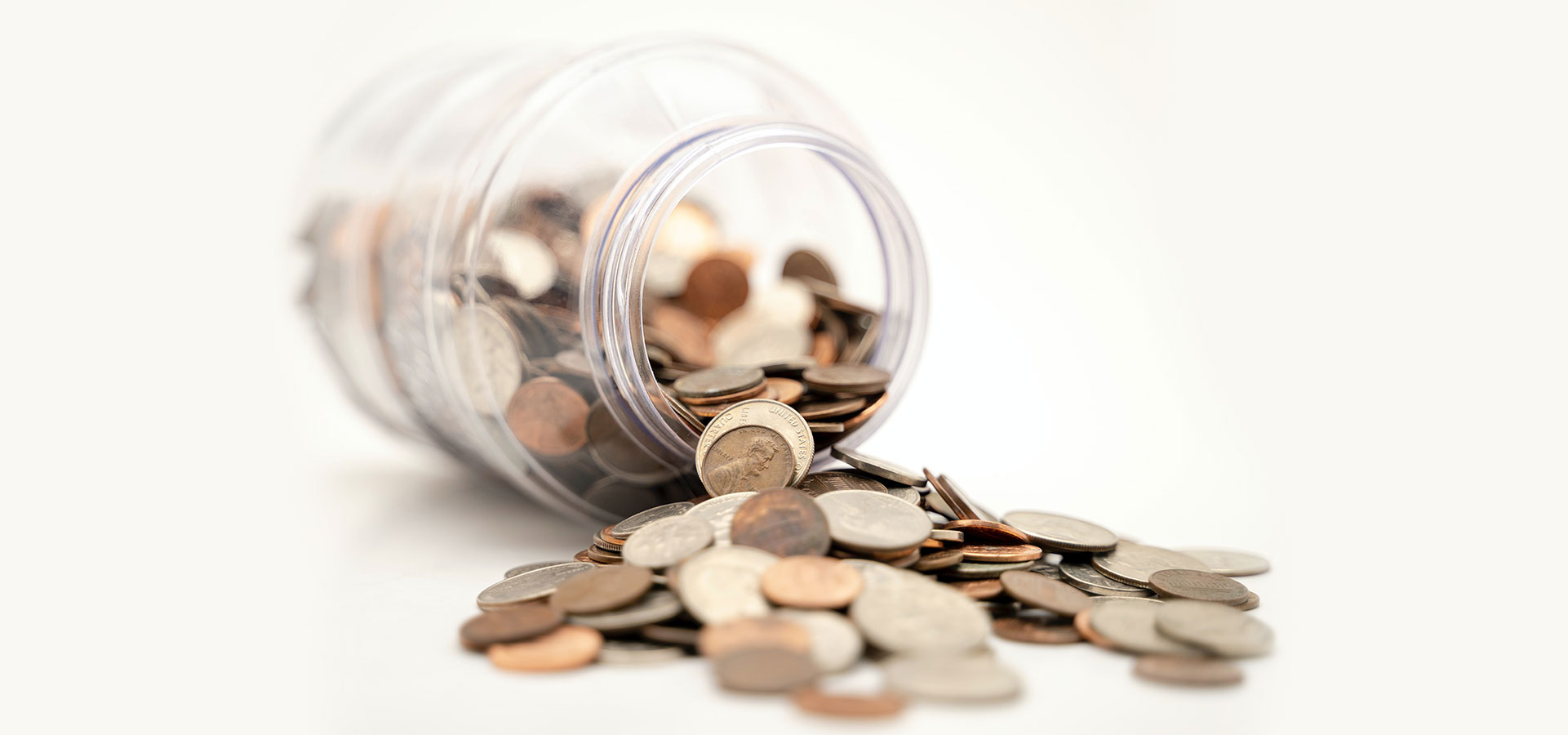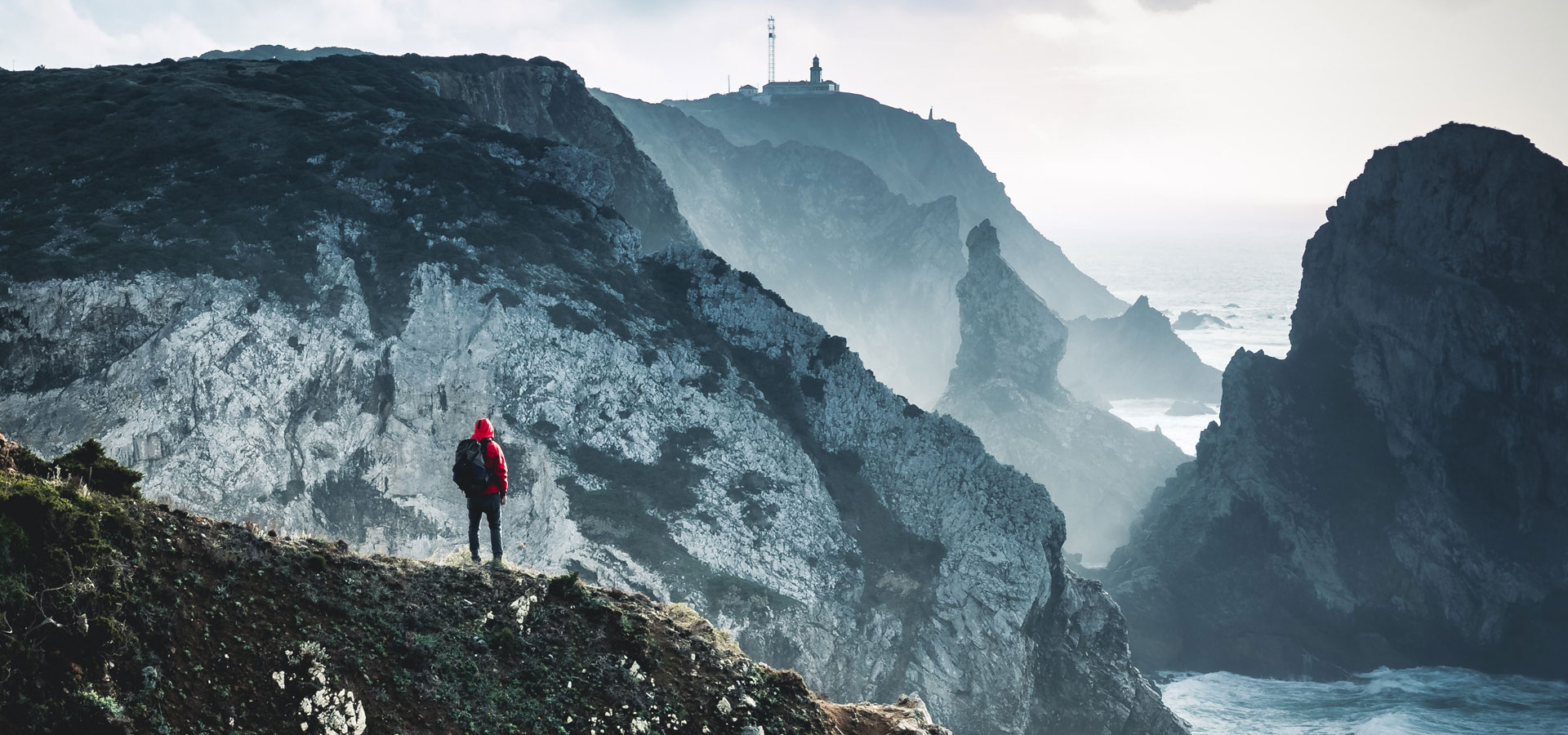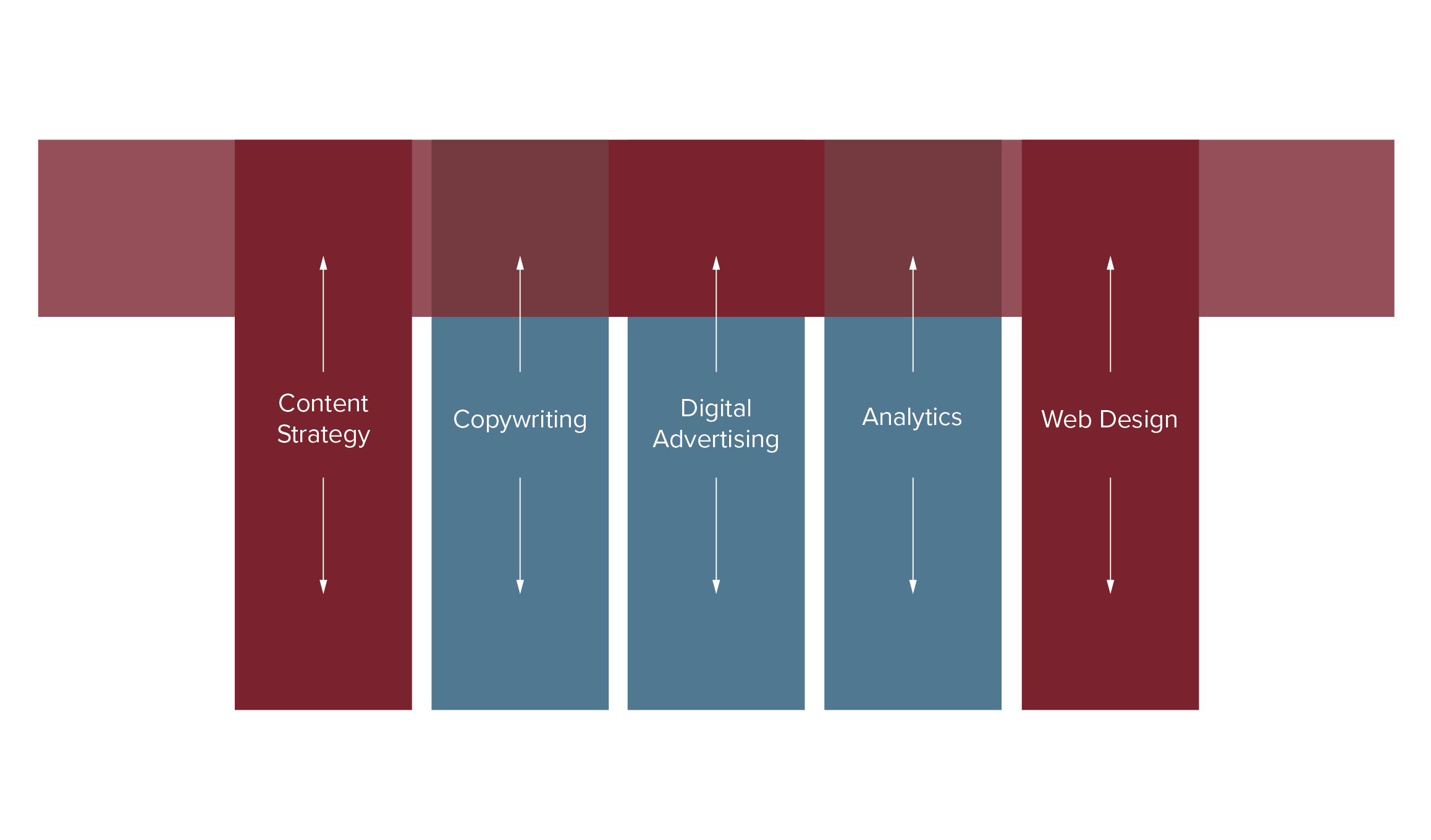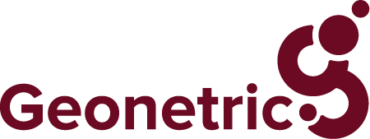Demolish silos
Too often, content blueprints create silos on healthcare websites since they follow how an organization is structured internally rather than how a community views the healthcare system – as one entity.
When you break down silos, you tear down the walls that were limiting how you define your target audiences into separate categories like donors and patients. In reality, patients and donors are often the same people, just with a different task in mind.
Montage Health in Monterey, California, strengthens the health of their community with an easy-to-find Support Montage Health section on their website. This page talks directly to people living in their community and invites them to make an impact through a monetary gift, the gift of time, or blood donation.
Montage Health puts the user first by taking a user-focused approach to their site organization. This translates into foundation content living in numerous places, such as on the About Us page as a panel. This proven best practice elevates the system brand and increases site engagement.
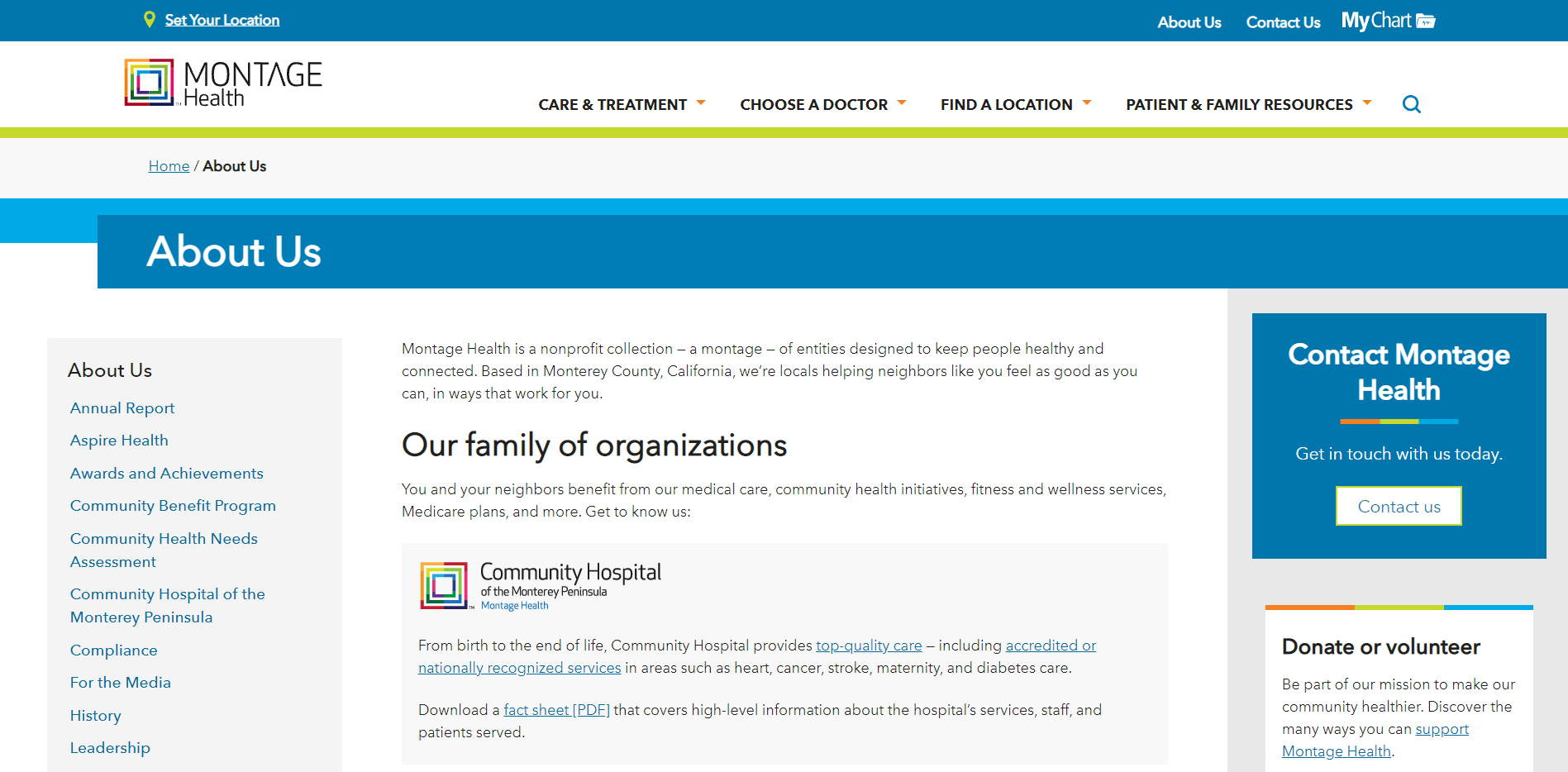
Take a page from Montage Health and help members of your community easily navigate your website by cross-linking philanthropic content in sections like:
- About Us
- Auxiliary
- Content hub such as donor stories and patient stories
- Ways to Give including Foundation and Volunteering
When you implement a successful cross-linking strategy, you help quickly find the information that interests them any time they visit your website.
Write simple content to boost SEO
Quality content will help users find your website and keep them on it. When you simplify your content for search engine optimization, you’ll improve the user experience and increase your rankings
ProHealth Care, a community-based healthcare system with locations throughout southeastern Wisconsin, knows that simple content is still informative. The ProHealth Care Foundation content strategically answers common user questions in their area to optimize for search. More than just a page on the site, this section encourages visitors to sign up for a newsletter, donate, host a fundraiser, volunteer, or attend an event.

Follow ProHealth Care’s lead, and share answers to the questions people in your community likely want to know:
- What’s the mission of your hospital foundation?
- What’s the impact of my gift?
- What ways can I make a gift?
- Is my donation tax-deductible?
ProHealth Care celebrates their community’s generosity by highlighting the mission of their foundation, the impact of gifts and ways to give.
Be straightforward with your needs
Invite your community to explore ways they can make a difference in the healthcare they receive by listing your physical, monetary, and volunteer needs.
The COVID-19 pandemic brought many communities together. People began looking locally to offer their support. Continue your community’s momentum of giving like Ridgeview Foundation, in Minnesota, serving the southwest metro region of the Twin Cities.
Ridgeview Foundation lists causes to support, including:
- COVID-19 Emergency Fund – Explains the need for supplies, equipment, and training to continue caring for patients, families, and staff while showing appreciation to donors who have made a donation
- Support a Health Care Hero – Invites former patients to recognize a Health Care Hero that went above and beyond by contributing funds to purchase materials that ensure the safety of the staff and patients
- Ongoing and future support – Lists initiatives throughout Ridgeview that help patients throughout their community receive high-quality medical care because of donor’s generosity
- Pay It Forward – Helps breast cancer patients cover the cost of living so they can focus on taking an active role in their health
- Events – Promotes upcoming events that support a good cause
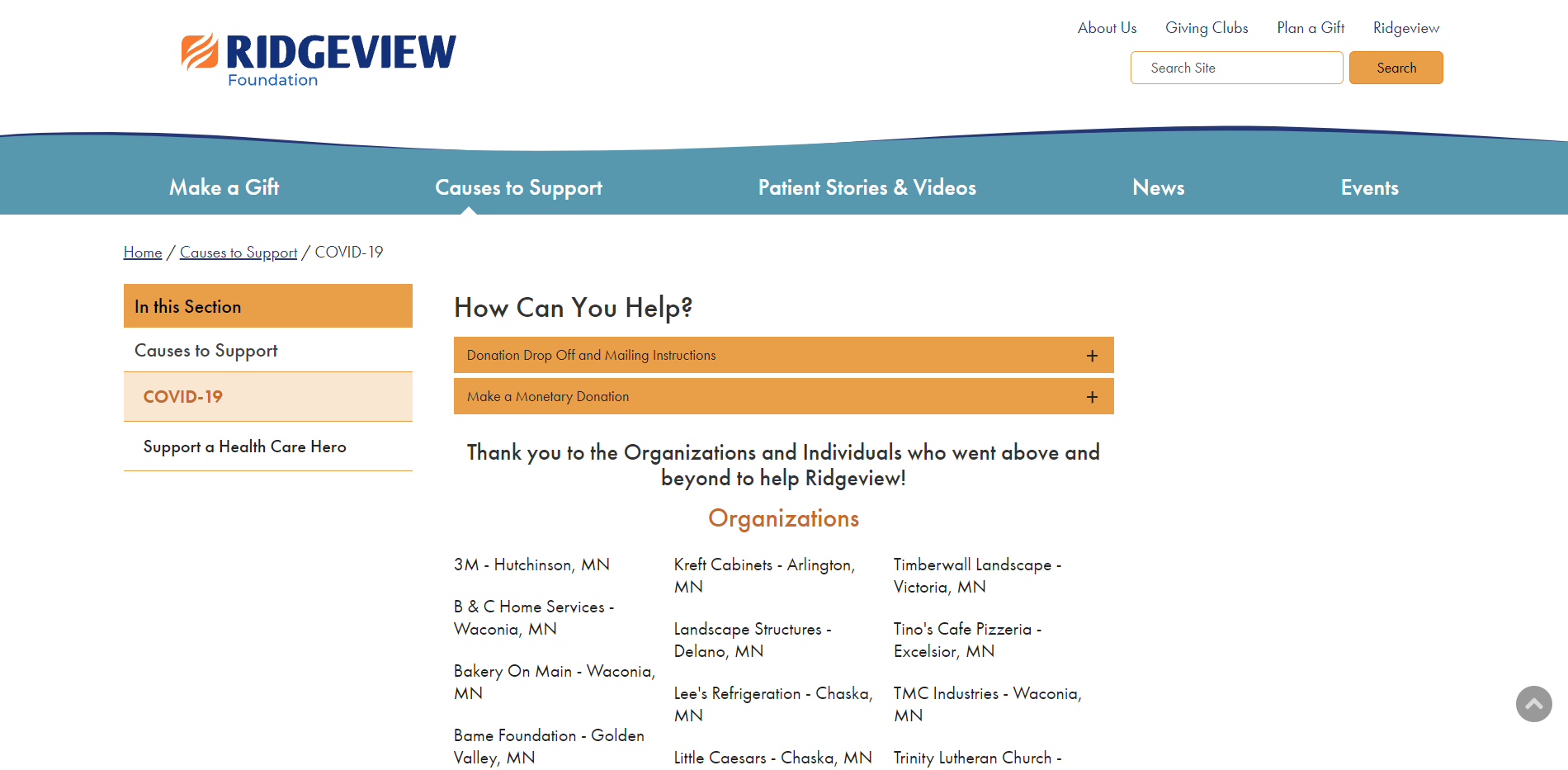
When you’re direct and clear about how your healthcare system depends on monetary gifts to support your community, you’ll reach the hearts of people with different abilities to give.
Make it easy to give with prominent CTAs
Once your community knows how they can give, it’s vital to drive online conversions with prominent calls to action (CTAs) like Holzer Health System in southeastern Ohio.
Holzer Health System’s design follows a minimalistic approach to highlight the essential elements on a page. This approach uses space strategically to help users navigate their site more easily, like finding the CTA.
Keeping users focused on the task of donating at hand, Holzer’s CTA panels uses a custom, brand-driven design that incites emotion to take action and strengthens brand identity.
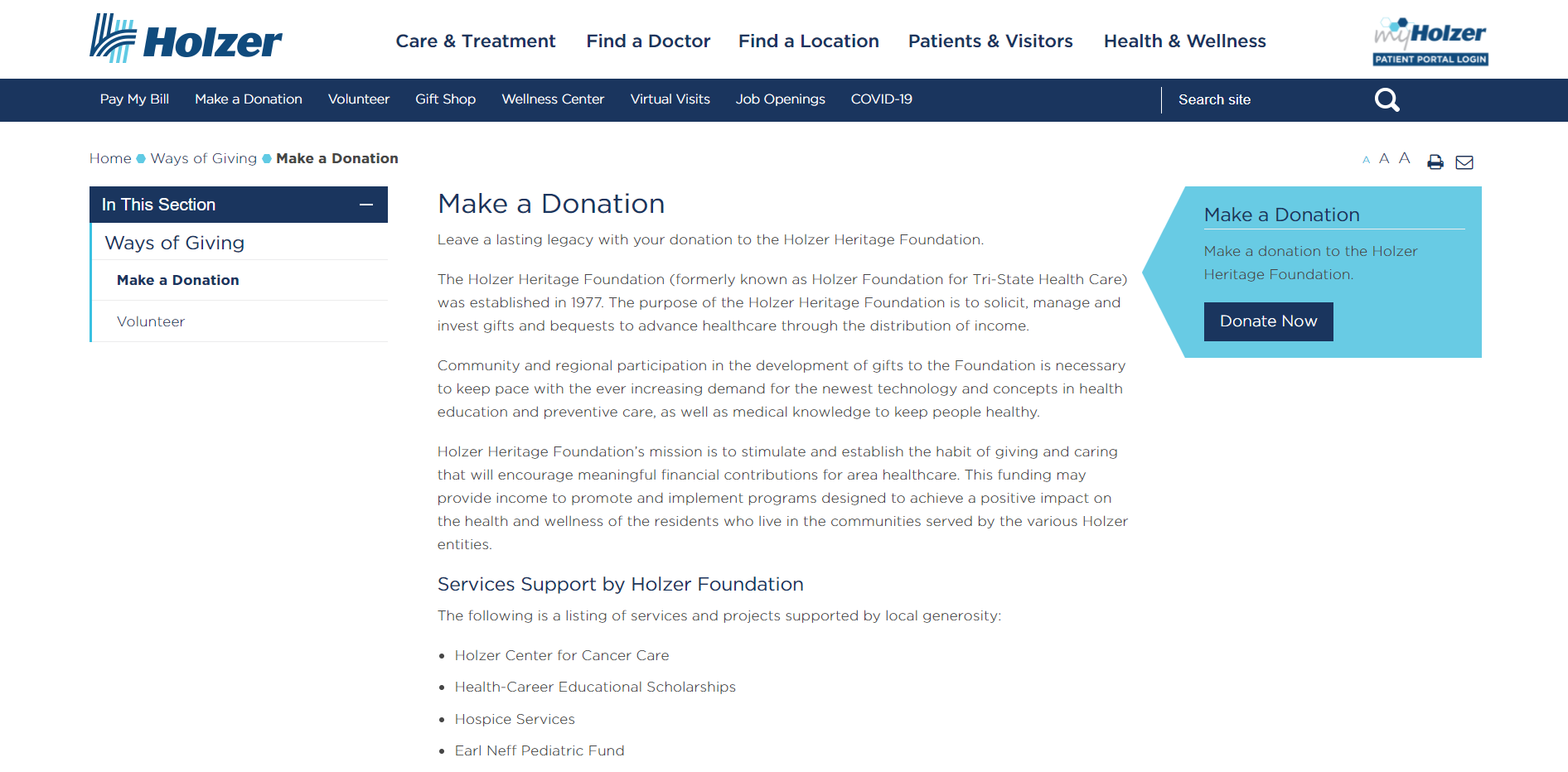
Drive donations and site engagement with a CTA that’s:
- Clear and concise
- Prominently displayed
- Relevant to the page and audience
Once you establish a CTA track your results to measure the effectiveness of your page. Make adjustments as needed to improve your site’s performance.
Make a lasting impact
Having a content management system (CMS) that makes it easy to cross-link and build user-friendly forms helps. All the above sites are built on Geonetric’s VitalSite CMS, with our popular Formulate form builder. Sign up for a demo and see how VitalSite helps hospitals with fundraising in addition to patient acquisition.
And, of course, your content makes all the difference. If you are looking to grow the philanthropy in your community, get an expert’s advice — contact us today! Our content specialists are excited to help you get additional support for your healthcare system.
